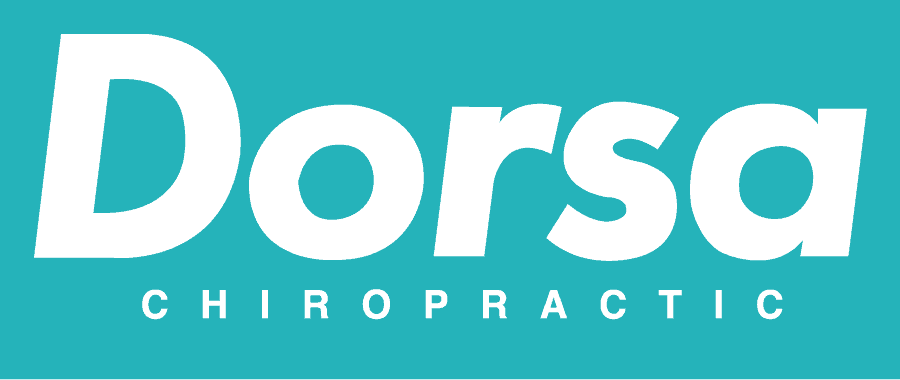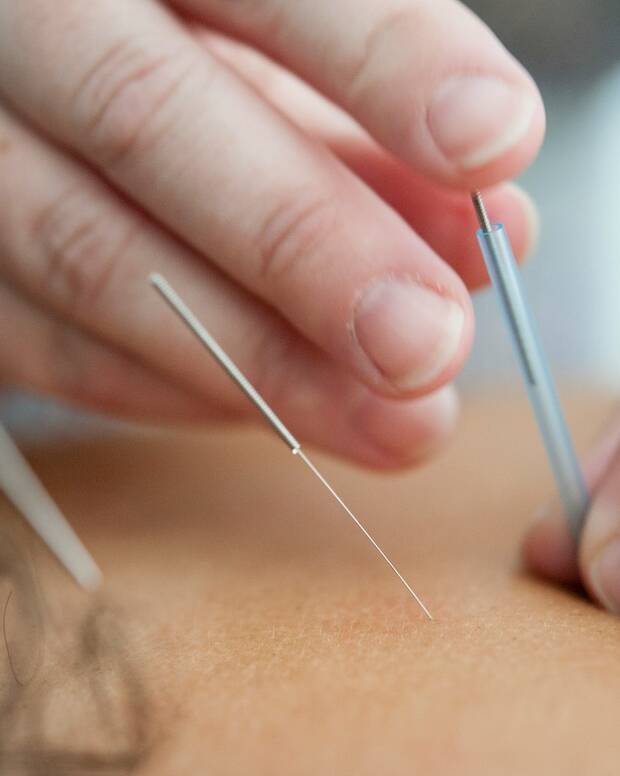When it comes to holistic treatments for pain management, muscle tension, and overall wellness, dry needling and acupuncture are two popular techniques that involve the insertion of thin needles into the body. At Dorsa Chiropractic, we offer dry needling as part of our comprehensive approach to pain management and rehabilitation.
Origins and Philosophical Foundations
Acupuncture: A Traditional Healing Practice
Acupuncture is an ancient practice rooted in Traditional Chinese Medicine (TCM) that dates back over 2,500 years. It is based on the concept of balancing the body’s vital energy, known as Qi (or Chi), which is believed to flow through pathways called meridians. In TCM, illness, pain, or discomfort are thought to occur when the flow of Qi is blocked or disrupted.
Acupuncture seeks to restore balance to the body by inserting fine needles into specific points along the meridians to unblock the flow of Qi and stimulate the body’s natural healing processes. This approach is deeply holistic, aiming to treat not only physical symptoms but also emotional and spiritual imbalances.
Dry Needling: A Modern, Western Approach
Dry needling, on the other hand, is a relatively recent development that has its roots in Western medicine. It emerged in the 20th century as a therapeutic technique primarily used by physical therapists, chiropractors, and sports medicine practitioners. Dry needling is based on modern anatomical and neurophysiological principles and focuses on treating musculoskeletal pain and dysfunction.
Unlike acupuncture, which is guided by the flow of Qi and meridians, dry needling targets specific areas of the body called trigger points—tight, knotted bands of muscle that can cause pain, limit movement, or radiate discomfort to other parts of the body. By inserting needles into these trigger points, dry needling aims to release muscle tension, improve blood flow, and promote healing at the muscular level.
Technique and Needle Placement
Acupuncture: Treating the Whole Body
In acupuncture, the placement of needles is determined by the location of meridians and acupuncture points, which are believed to correspond with specific organs and systems in the body. The selection of acupuncture points is often based on the practitioner’s assessment of the patient’s overall health, considering both physical symptoms and emotional well-being. Acupuncture needles are usually inserted at shallow depths and may remain in place for 15-30 minutes during a session.
The process is generally gentle, and patients may experience sensations such as warmth, tingling, or mild pressure. Acupuncture needles are extremely thin and flexible, which contributes to the minimal discomfort experienced by most patients.
Acupuncturists believe that by stimulating specific points along the meridians, they can balance the flow of energy and support the body’s capacity to heal itself. Treatments are often used to address a wide range of issues, including chronic pain, digestive problems, anxiety, and insomnia.
Dry Needling: Targeting Trigger Points
In dry needling, the technique is highly targeted and localized. The practitioner identifies specific myofascial trigger points—areas of muscle tightness, tenderness, or dysfunction—and inserts a needle directly into those points to relieve tension. These trigger points are often associated with muscle knots that can cause referred pain, meaning the pain may be felt in a different location than the trigger point itself.
The goal of dry needling is to cause a local twitch response in the muscle, which signals the release of the tight muscle fibers. This can result in immediate relief of pain and improved range of motion. Unlike acupuncture, the depth of needle insertion in dry needling can be more substantial, as it is aimed at reaching deeper muscle layers.
During a dry needling session, patients may experience a brief sensation of cramping or twitching as the needle stimulates the trigger point. These sensations typically subside quickly and are often followed by relief from pain and tightness.
Goals and Applications
Acupuncture: A Holistic, Preventive Approach
Acupuncture is often used as a preventive and balancing therapy, addressing a wide range of physical and emotional conditions. Because it is based on the concept of restoring balance to the flow of Qi, acupuncture is used to treat everything from chronic pain and headaches to digestive disorders, anxiety, and stress. Acupuncture practitioners may recommend regular sessions to maintain overall health and well-being, even if the patient is not currently experiencing pain.
Some of the common conditions treated with acupuncture include:
- Migraines and tension headaches
- Chronic pain (such as back pain or arthritis)
- Stress, anxiety, and depression
- Digestive issues (e.g., irritable bowel syndrome)
- Respiratory problems (e.g., asthma or allergies)
- Sleep disorders
Acupuncture is also used to support fertility, boost immune function, and promote relaxation.
Dry Needling: A Targeted Pain Relief Tool
Dry needling, by contrast, is used primarily to address musculoskeletal pain and dysfunction. It is most effective for individuals dealing with muscle tightness, trigger points, or injuries that affect movement and performance. Dry needling is frequently used in the treatment of:
- Sports injuries (e.g., muscle strains, tendinitis, or overuse injuries)
- Chronic muscle pain (e.g., myofascial pain syndrome or fibromyalgia)
- Postural imbalances that lead to pain or discomfort
- Back and neck pain
- Headaches and migraines associated with muscle tension
Because dry needling focuses on directly releasing muscle tension and improving function, it is often part of a broader rehabilitation or physical therapy program. It may be used alongside other treatments like chiropractic adjustments, massage therapy, or exercise therapy to optimize recovery.
Scientific Evidence and Research
Both acupuncture and dry needling have been studied extensively, and research supports their effectiveness for various conditions.
Acupuncture
Acupuncture has been studied for its effects on pain management, particularly for conditions like chronic back pain, osteoarthritis, and migraines. Research suggests that acupuncture can stimulate the release of endorphins, the body’s natural pain relievers, and influence the nervous system’s pain pathways. It is also believed to enhance blood circulation, reduce inflammation, and promote relaxation.
Dry Needling
Dry needling has gained support in the medical community for its ability to quickly alleviate musculoskeletal pain by directly targeting trigger points. Studies have shown that dry needling can effectively reduce pain and improve range of motion in conditions like neck pain, shoulder dysfunction, and lower back pain. The twitch response generated by the needle is thought to disrupt the cycle of muscle tightness and pain, leading to faster recovery.
Which One is Right for You?
The choice between dry needling and acupuncture depends on your individual needs, the nature of your condition, and your treatment goals. If you’re seeking a holistic approach that addresses overall well-being and treats a variety of conditions, acupuncture may be the best choice. On the other hand, if you’re dealing with localized muscle pain, sports injuries, or chronic muscle tightness, dry needling may provide the targeted relief you’re looking for.

Welcome to Dorsa Chiropractic. We started this practice to help people like you feel great!
When you visit us here at Dorsa Chiropractic, we’ll go over your injury, pain points, or general wellness goals. Our doctors will conduct an assessment to verify the root of your physical symptoms to come up with a plan for bringing your body back to health.

